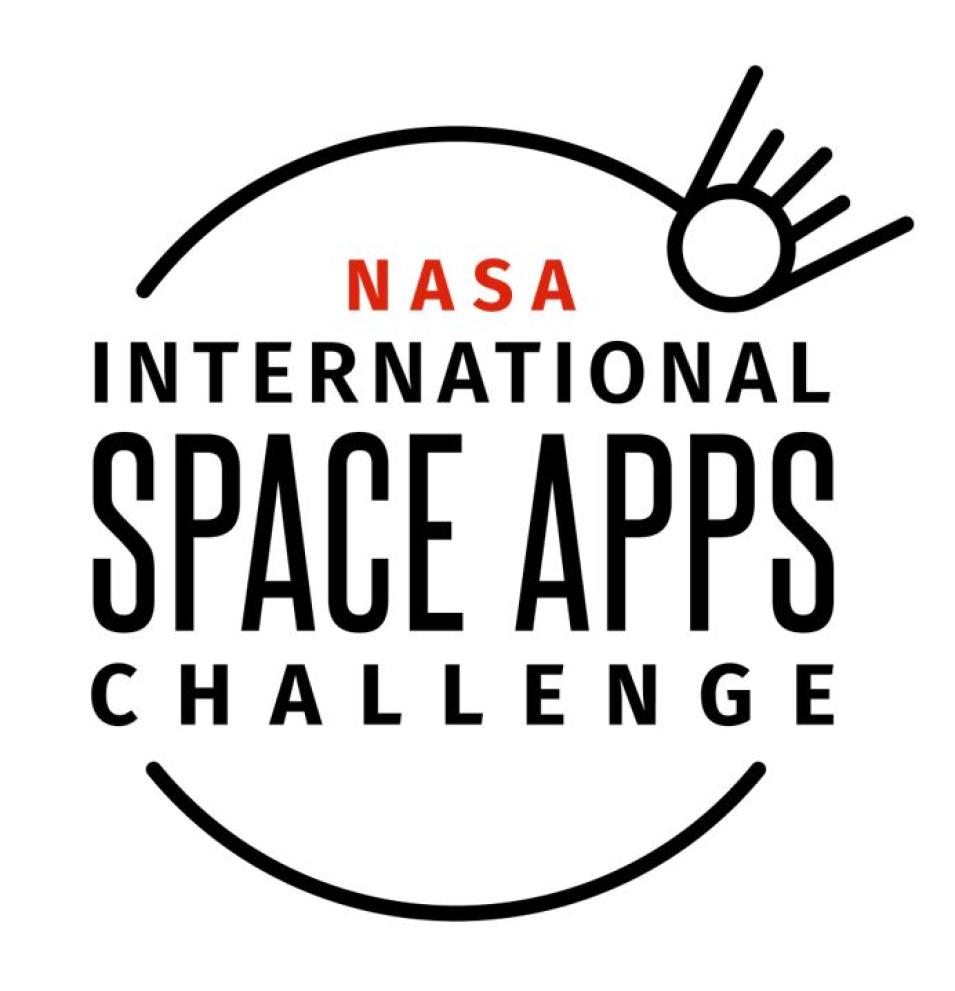Ten teams from around the globe have been selected as the winners of the 2022 NASA International Space Apps Challenge. Dubbed the “largest annual global hackathon in the world,” the goal of the Space Apps Challenge is for teams to create open-source solutions to address challenges on Earth and in space around a specific theme over the course of two fun-filled, collaborative days.
The theme for this year’s challenge—Make Space—perfectly summed up the goals of the event: creating innovative solutions to space-related problems while also making space for people around the world to participate and engage in a collaborative scientific effort.
The 10 global winning teams proposed solutions using tools such as artificial intelligence and machine learning, 3D globes and maps, and web applications, and infused interactive games along with art and music into their projects. The winning teams are:
- Best Use of Science: What's New? (Taipei, Taiwan)
- Best Use of Data: Starflock (Cleveland, Ohio, USA)
- Best Use of Technology: tAMing particles (Vilnius, Lithuania)
- Galactic Impact: Selene (Jamshedpur, India)
- Best Mission Concept: Mars 3D Home (Mendoza, Argentina)
- Most Inspirational: Team Diamonds (Cumilla, Bangladesh)
- Best Storytelling: MIMBI (Asunción, Paraguay)
- Global Connection: Standard NCTU CS Student (Taoyuan, Taiwan)
- Art & Technology: Earth, Wind & Flare (Boston, Massachusetts, USA)
- Local Impact: Brute Force (Nisocia, Cyprus)
Dr. Karen St. Germain, NASA Earth Science Division Director, announced the 10 global winners during a live broadcast from NASA's Goddard Space Flight Center in Greenbelt, Maryland, on December 8, 2022. Each winning team is being recognized on the Space Apps website and on social media.
Space Apps 2022 took place virtually from more than 320 locations around the globe October 1-2. Teams from more that 162 countries and territories developed solutions for one of 22 challenges posed by NASA that ranged from designing a system to power a surface lander or rover on Venus to developing an application that can display images of Earth's ionosphere.
This year’s Space Apps winners represent the top projects submitted out of more than 3,000 submissions from 5,327 teams. Along with data openly available through NASA’s Earth Observing System Data and Information System (EOSDIS), participants were encouraged to integrate data from the 2022 Space Apps Challenge’s 11 partner agencies as well: the Australian Space Agency, Brazilian Space Agency, Canadian Space Agency, European Space Agency, Indian Space Research Organization, Japan Aerospace Exploration Agency, Mexican Space Agency, National Space Activities Commission of Argentina, National Space Science Agency of Bahrain, Paraguayan Space Agency, and the South African National Space Agency.
The goals of the NASA International Space Apps Challenge are to:
- Inspire collaboration, creativity, and critical thinking;
- Foster interest in Earth and space science and exploration;
- Raise awareness of NASA and space agency partners’ data around the world;
- Encourage growth and diversity of the next generation of scientists, technologists, designers, engineers, and artists.
The Space Apps Challenge is an annual event led by NASA's Earth Science Division at NASA Headquarters in Washington, D.C. It is organized in collaboration with Booz Allen Hamilton, Mindgrub, SecondMuse, and NASA’s Open Innovation Initiative and Applied Sciences Program.
If you’d like to participate in next year’s challenge, then mark your calendars! The 2023 Space Apps Challenge takes place October 7-8, 2023. Registration will open in July 2023. At that time, participants will be able to register for one of several hundred local events hosted by Space Apps local leads around the world or register to join the Universal Event, which is open to anyone, anywhere!
To learn more about each of the winning projects, visit the NASA Space Apps Challenge website.
